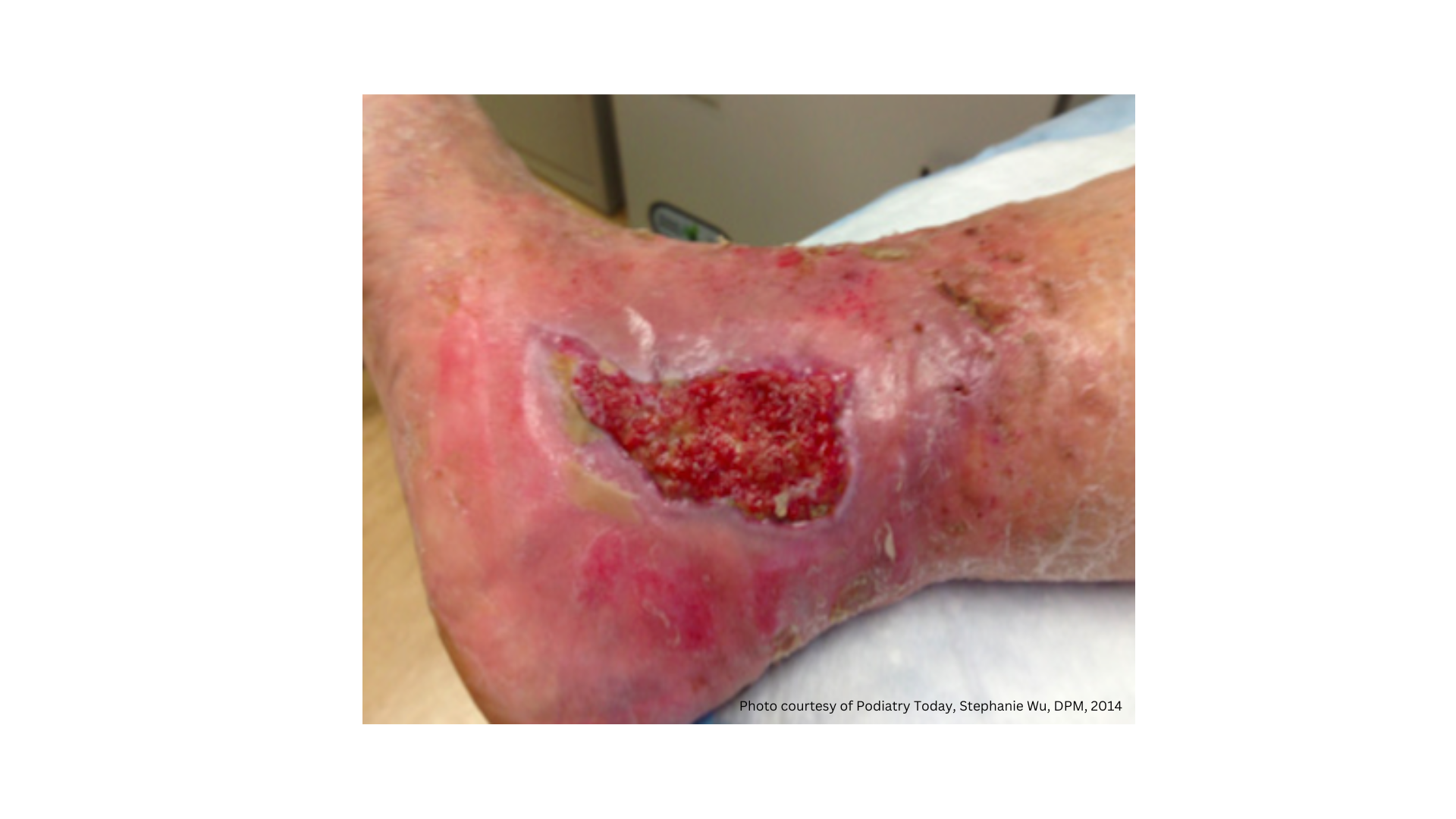How to Achieve Protein Goals for Vegetarians with Non-healing Wounds
May 2, 2014
By Mary Ellen Posthauer RDN, CD, LD, FAND
Today an increasing number of individuals follow a vegetarian diet either by personal choice or for religious or cultural beliefs. Some research indicates that those who follow a plant-based vegetarian diet (50% of all protein in the diet) tend to be healthier than those who do not. There are several variations of the vegetarian diet from a semi-vegetarian or flexitarian to a strictly vegan diet. Years ago, dietitians were taught that it was critical to combine complementary protein sources using an exact pattern within a meal to achieve the required amount of amino acids. However, current research indicates that as long as the daily requirements are met, the body is able to combine amino acids as needed. The challenge is achieving protein requirements for individuals with wounds who are consuming vegetarian diets.
Types of Vegetarian Diets
The individual following the semi-vegetarian or flexitarian diet who includes eggs, milk, and occasionally meat, seafood or poultry should be able to achieve the higher levels of protein needed without a problem. Lacto-ovo diets include milk and eggs, lacto-vegetarians include milk, ovo-vegetarians include eggs but vegan diets eliminate all meat, poultry, seafood, eggs and milk. Greek yogurt is certainly a fad and is a good source of protein for those vegetarians who accept dairy sources. Substituting Greek yogurt for salad dressing or adding it as topping on potatoes or vegetables increases the daily protein intake.
Individuals following a vegan diet need to include foods fortified with B12, vitamin D and calcium plus iron, zinc and other micronutrients. If there is any concern about diet adequacy, a multivitamin should be recommended. There are many milk alternates on the market including soy, almond, and rice milk that are fortified with calcium. These milk alternates are low in protein compared to milk with the exception of soy. Other products fortified with calcium include cereals and orange juice.
Meat Replacements Options for Vegetarians with Wounds
Meat analogs are plant-based products that often look and smell like animal protein. Soy and wheat-based meat replacements have been a staple menu item of many Asian cultures. Some religious practices such as Buddhism and Hinduism also incorporate meat replacements in their diets. Wheat gluten and bean curd are good sources of protein. It is important to check the label of these products since the fat, protein and sodium content vary. Wheat gluten termed seitan is produced when two of wheat’s major proteins are combined with water or milk. Seitan is high in protein and has a mild flavor so various spices can be added, as in the Asian dishes, to enhance the product. Dry beans, nuts, peas, lentils and tofu are all protein sources that should be encouraged.
Counseling an individual who is a vegetarian and has a non-healing wound can be a challenge for the clinician who is responsible for either educating the person on foods to incorporate into their daily diet or offering the appropriate foods. Is your hospital or nursing home equipped to meet the needs of the individual on a vegetarian diet? Can you offer them the same variety of choices as your other clients? As clinicians we have a responsibility to our clients to provide them with meals that meet their cultural and religious expectations.
About The Author
Mary Ellen Posthauer RDN, CD, LD, FAND is an award winning dietitian, consultant for MEP Healthcare Dietary Services, published author, and member of the Purdue University Hall of Fame, Department of Foods and Nutrition, having held positions on numerous boards and panels including the National Pressure Ulcer Advisory Panel and the American Dietetic Association's Unintentional Weight Loss work group.
The views and opinions expressed in this blog are solely those of the author, and do not represent the views of WoundSource, Kestrel Health Information, Inc., its affiliates, or subsidiary companies.
The views and opinions expressed in this content are solely those of the contributor, and do not represent the views of WoundSource, HMP Global, its affiliates, or subsidiary companies.







